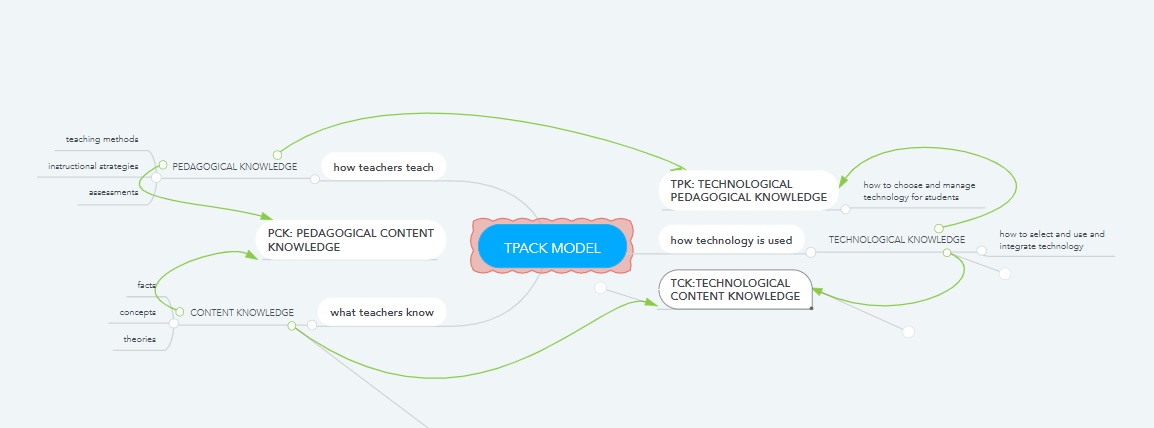Cognitive Theory of Multimedia Learning
Multimedia learning describes learning as the use of words and pictures. However, just adding words to pictures is neither effective nor sufficient to achieve multimedia learning. People have two separate channels to process information; auditory and visual. When the visual information such as; videos, pictures, graphics, charts are presented, the information goes to the visual channel and is processed there. When a piece of verbal information is presented it goes to the auditory channel and is processed there separately from the visual. When one is learning, the information gets saved in sensory memory. For a moment, information is captured in its entirety. After that, to process and learn, the learner must begin work with data which takes place in working memory. In working memory, learners can select, organize, and integrate information based on their foreknowledge and prior experiences. So, learning should be supported by pictures while hearing verbal information or pictures should be supported by descriptions. These three assumptions, Dual-Coding theory, limited channel capacity, and active process of learning based on prior knowledge, are what the cognitive theory of multimedia learning is based on.

Yorumlar
Yorum Gönder